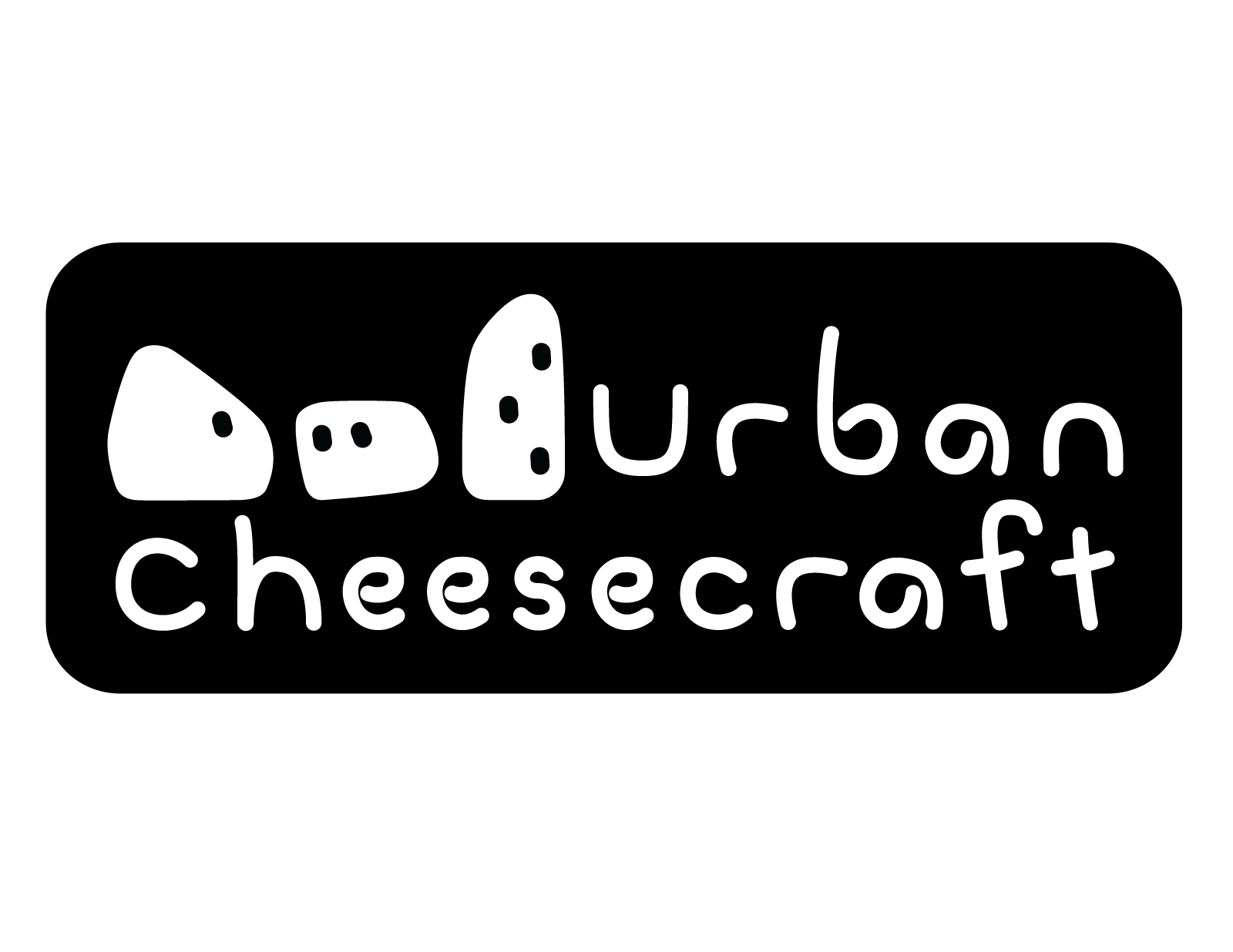Kitchen supplies- traditional cheesemaking
The fact that our micro-batch recipes use a gallon or less of milk makes it a breeze to gather these useful tools in an average kitchen - no need for five-gallon vats here! Though these are fairly common items, it's important to know why they are the chosen ones.
Tight mesh cheesecloth also known as Butter Muslin
Cheesecloth is at the top of the list. It is important to note that the common cheesecloth found at most grocery stores - with huge holes - is not helpful or reusable. Instead, use "butter muslin" or Grade 90# (90 threads per square inch) cheesecloth.
All of our kits come with this type of cheesecloth but you can also buy it separately. Click here to purchase reusable cheesecloth.
Thermometer
All of our starter kits and deluxe kit come with a thermometer.
Plenty of people make cheese without a thermometer. A thermometer will be invaluable, however, while you're learning. It doesn't have to be fancy; a 5-inch metal probe thermometer (like the kind used for meat), a simple digital version, or a food-safe glass milk thermometer (no mercury!) will do.
The most basic thermometer with these qualities work.
- Includes 0°F to 220°F (-18°C to 104°C)
- Shows increments of no more then 2 degrees at a time.
Those are the bare minimum requirements for a basic thermometer. Of course, you can also go deluxe and get programmable versions with alarms and other sorts of bells and whistles. They will work just fine too. Just avoid the types with infrared beams, because the milk foam confuses them and they get incorrect temperatures.
Microwave
One of the relatively modern tools we use to create some impressive cheese within an hour is a microwave oven. Any size will do (in other words, the one you have in your kitchen is perfect). We use it primarily for heating curd quickly and consistently. If you don't have a microwave, we do offer an alternative heating methods in our recipes and book.
Stockpot
A good-sized, good quality stockpot is a core item in any kitchen, and especially useful to have when it comes to home making cheese at home. Stainless-steel, glass, or enameled pots are the most ideal. Whatever you choose, select a pot with the thickest base you have since the thin bases have a tendency to burn milk. Avoid thin or old-fashioned aluminum and cast-iron pots because the acids used in the cheesemaking process can corrode the metals and give your cheese an unpleasant metallic flavor. A cast-iron core or aluminum core on an enamel-coated or nonstick pot is fine because the metals don't touch the milk and acid.
Colander
A larger colander, mesh sieve, or strainer that can hold a gallon's worth of curd is a must: The typical size used for washing veggies or draining pasta is usually adequate. Stainless-steel and enameled versions are ideal, again, because of the ingredients you'll be working with (the acids in the cheesemaking process can corrode aluminum). but plastic is fine, too.
Measuring cups, and measuring spoons
Staples of any kitchen, a variety of bowls and measuring equipment is especially handy for the aspiring cheesemaker. For our purposes, measuring cups for liquids and solids can be used interchangeably since the difference between the two are negligible for the ratios we'll be working with. Measuring spoons and cups made of any material will do just fine but to keep things easy and clean, glass cups and stainless-steel cups and spoons are great.
Large bowls
Sometimes we call for heating milk or curd in the microwave, therefore a large, microwave-safe bowl is imperative - although a large, round glass bowl or rectangular glass casserole dish will work equally well. You'll also need an extra large heat-resistant bowl (stainless steel is fine) for catching your whey. Make sure the bowl is deep enough so that the colander, when placed over the bowl to drain curd, won't allow curd to sit in whey. Large bowls will also be handy for ice baths (mozzarella, string cheese etc.).
Spoons (slotted/plain) and whisks
Certain mixing utensils will become your favorites, but it's nice to have a variety to work with from the get-go. Ultimately, the determining factors in selecting utensils are the type of cheese you're making and the actions the recipe calls for (stirring, cutting, or scooping curds.) Stainless steel is best but you can use bamboo, wood, or plastic in a pinch (scrub them well!).
Molds
Professional cheese molds (basically, cups and bowls with little holes or slits) are neat and are included in many of our kits but once you start making and molding your cheese, you're going to start looking at the items in your cupboards in a very different way; in terms of cheese shapes! Maybe that yogurt cup you had at breakfast makes a nice mold - you can poke holes into it or leave it as is depending on how much moisture you want to leave in your cheese. What about your cupcake or tart pans? Silicone ice trays? Cookie cutters, sushi rice molds, coffee cups, small bowls, ramekins, loaf pans, and measuring cups all make great molds. Any sort of food-safe container is fair game. Parchment or waxed paper can be part of the process, too, whether you line a mold for easy extraction and added texture; use it to ball, roll or twist your cheese into shape; or simply use a sheet as a smooth, clean surface to work on.
Gloves
Though your clean, bare hands work just fine, rubber gloves are also helpful for keeping your cheese pristine while you work. More often, however, gloves may be called upon to protect your hand from hot whey while shaping or draining. Tip: Take a permanent marker and write "cheese" on the wrists of your gloves so they don't inadvertently get used to scrub the tub.

